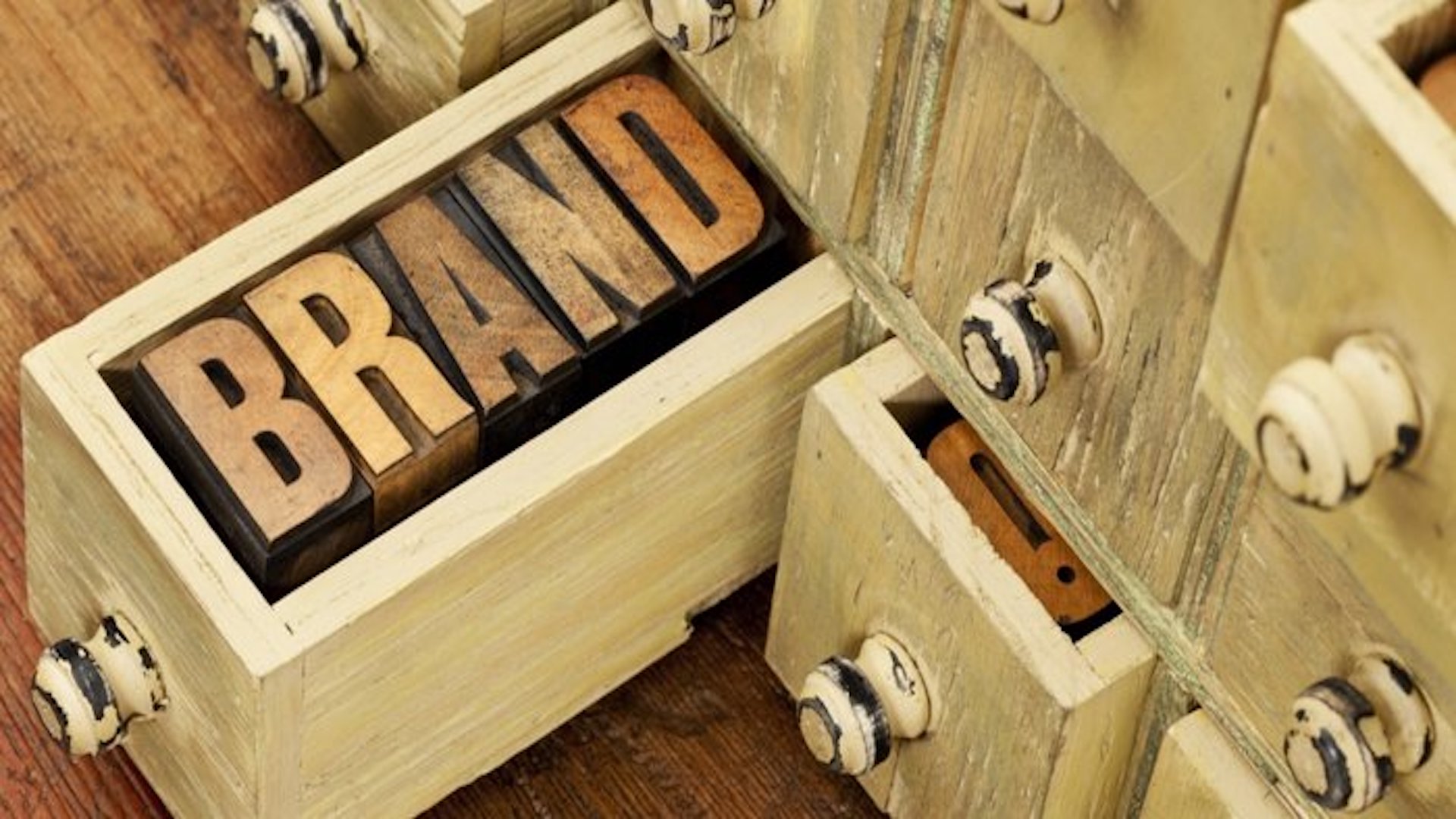V-cast with Advocado:Top down brand adoption
Host: Richard Fallah, CEO at VBOUT.
Guest speakers:
- Brian Handrigan, Co-Founder, CEO & Member of the Board of Directors at Advocado.
- Jeff Linihan, Marketing and Advertising at Advocado.
Highlights
In this episode we interview Jeff Linihan and Brian Handrigan from Advocado (LOVE THE NAME) to share their story on how they got first brand adopters then worked each network of those brands to grow and scale through first brand adopter strategy.
Advocado is a disruptive Ad-tech company that is bridging the gap between traditional TV ads and paid search by fingerprinting and tracking commercials then serving targetted Google Ads to the right demographic at the right time.
What’s Advocado?
Advocado transforms television advertising into a real-time getting trigger. If somebody is most likely searching and your TV ads are running on a network, your search ads appear on the top.
How do you bridge somebody watching TV and somebody looking on the phone for that same ad?
We have a Pad technology that is actually laid into a TV ad and a network of computers that are watching TV for that particular watermark and when they pick up the watermark on TV, it sends our system of trigger and tells us which ad is running on what station and at what market. We know exactly which peaks are created and we can turn around in real-time, talk to Google, find out what the first bid position is for all the keywords that our client cares about at that moment, make bid adjustments to them by keyword. So by the time, you have a chance to say “Oh that was pretty interesting. I think I’ll pick up my phone and search for something”… We’ve actually made sure that our client owns a share of voice in search for that particular market at that moment.
Is driving the cost and click through rates the main problem that you’re actually solving?
Exactly. There are two kinds of things that we’re solving. One, is the fact that over the last couple of years, there has been a big battle between digital and traditional advertising medium: “Where do you spend your money on?” We think the answer is still both. Traditional gets scale, digital gets precision, but no one’s really been able to take advantage of it.
So first we’re capturing intent that folks like Google have identified for a decade that when people are watching TV, they just did a report. 100% of the brand study saw an increase in search activity immediately during and after a TV ad. This is known, but people can’t take advantage of it so our platform makes it possible for advertisers to actually be there, whether it’s locally in a TV market or with the cable system, even down to the neighborhood level when somebody’s most likely to search.
What about the company?
We have been working on the project for about two years. We did our first kind of Minimum Viable Product test back in 2017 really to establish: is it gonna work? is it gonna have the impact we thought it would? The results astounded us in a positive way, so we spent most of 2018 actually building out the platform because we wanted to launch it across the entire US and also make sure that the platform itself fits scale quickly. We knew we’d be dealing with a lot of advertisers doing a lot of search volume and we wanted to have that scale on day one. Therefore, we launched in September out of beta and we’ve gained some really significant traction, both on the revenue front as well as on the recognition front.
How many brands have you been working with so far?
In terms of specific clients, I think we’ve worked with about 10 or 12. If we go back, we had some seasonal folks we did, some political and health care last year. And now, one of the biggest surprises which is great for startup is our channel partners so now, we have agencies that want to work with us so that they can bring it to all their customers. We have TV station owners, large ownership groups that you’d be familiar with, which want to use us to create new types of ad units that are coordinated ad units between broadcast and search, as well as things like cable systems.
How do you get through to these partner channels? Any tips or advice would you like to share?
Our original strategy was to go after predominantly agencies first, as channel partners. We fairly quickly realized that it was going to be a difficult road to convince an agency to take the flyer on a new product and really solve a problem that it would be a manipulative solve before. They weren’t willing to put their client relationship on the line for that. So we actually switched our approach and started going directly after the brands themselves, and once we get a brand then, we would end up working with their agency and when we were working with that brand, they would see the results and then all of a sudden, they wanted to take this to the rest of their clients.
One thing I want to share is that we’re talking to startups that are trying to figure out how to get there. We also did some things where we just swing for the fences like SuperBowl, the biggest advertising day of the year. We launched in September and we said we wanted the SuperBowl advertiser.
We also sent a blind message to the head of innovation at Avocados from Mexico. Obviously we had some affinity and they took us up on it. Therefore, we powered their SuperBowl ad and created some amazing data and things like that.
Did you burn your prize?
We said we’re gonna willing to offer the suit for one day for free, because the PR value of having that being the first activated Superbowl ad was huge for it and we ended up getting a lot of press pickups because of it. And actually, a couple of agency partners who worked with Advocados from Mexico, have brought us in to talk to other clients.
How big is a team?
To put it in perspective, we made our DBU before we launched the product at collision last year. At the time, we still really hadn’t formalized the team so you could say we were zero employees. So this collision was amazing for us last year. Today, we’ve got 14 folks on the tape.
Any other channels of acquisition would you like to shed the light on?
Partnership again. What’s interesting for us is if you look at the value chain right from a network owner, to station operator, to cable system, to agency, to advertiser, and then to digital, each and every one of them we can add value to. So from that advertiser up, we’ve actually established relationships and we’re working on channel partnerships throughout. We’re going to be at Google with the National Association of Broadcasters in July, so we’re working on a relationship with them. Hopefully we’re gonna have a more formal one because we make Google ad smarter.
Where do you see your business in a year?
We see a significant amount of revenue traction in our next 12 months, and I think a couple of the big differences we’ll see is that we’ll have a sales force which is strategically placed throughout the large mini markets in the country like New York, LA, San Francisco, Seattle, Chicago and Dallas. We’ll have boots on the ground in those big markets and I think we really have seen some of these strategic partnerships which are fairly early on in some cases in the development. We will see them blossomed.
Thank you Jeff Linihan, Brian Handrigan and Advocado for the great interview.
https://www.myadvocado.com
https://www.linkedin.com/in/bhandrigan
https://www.linkedin.com/in/jefflinihan
Don’t forget to share this article

